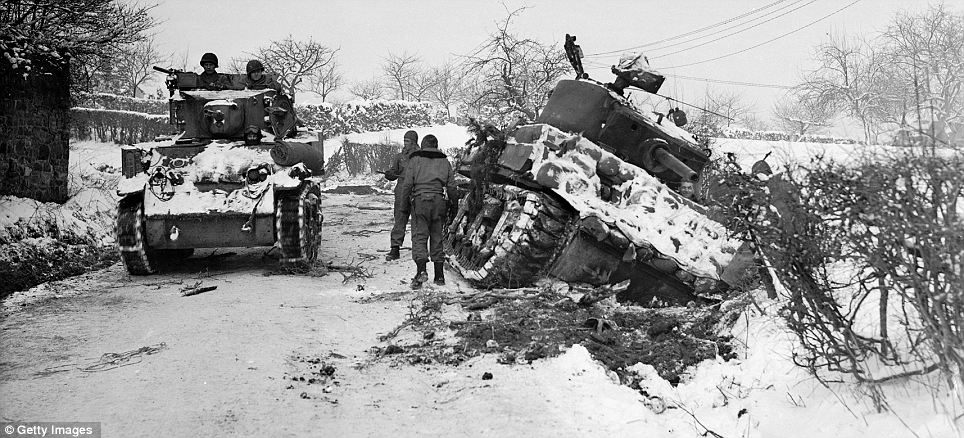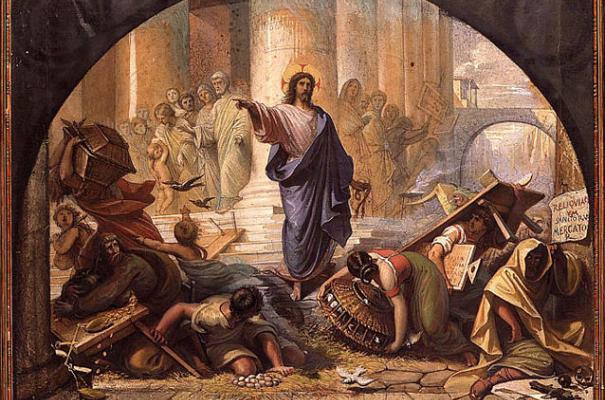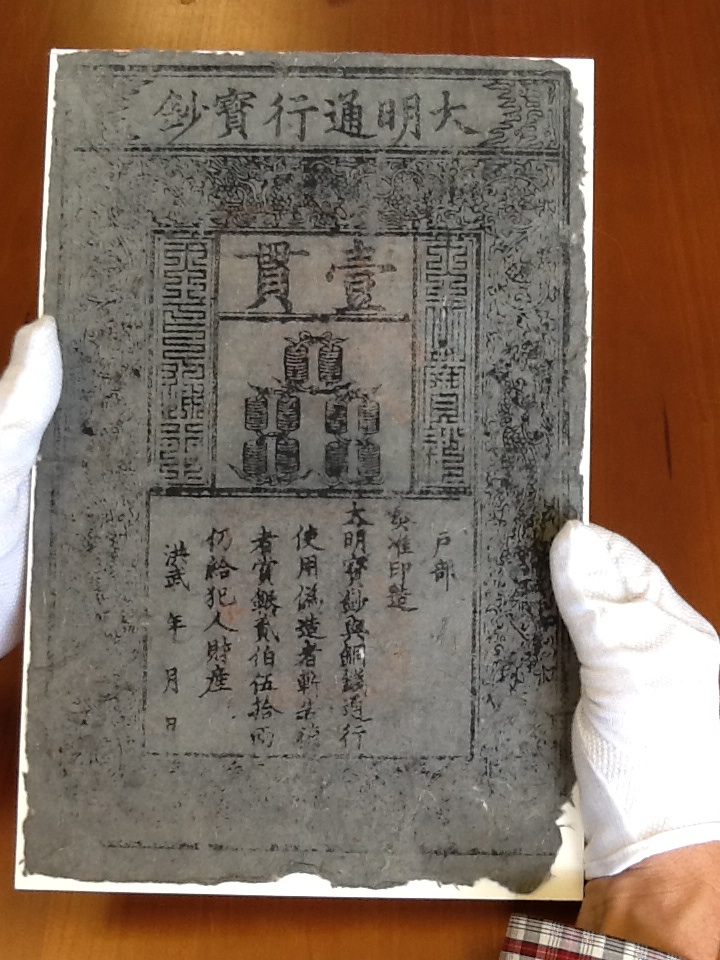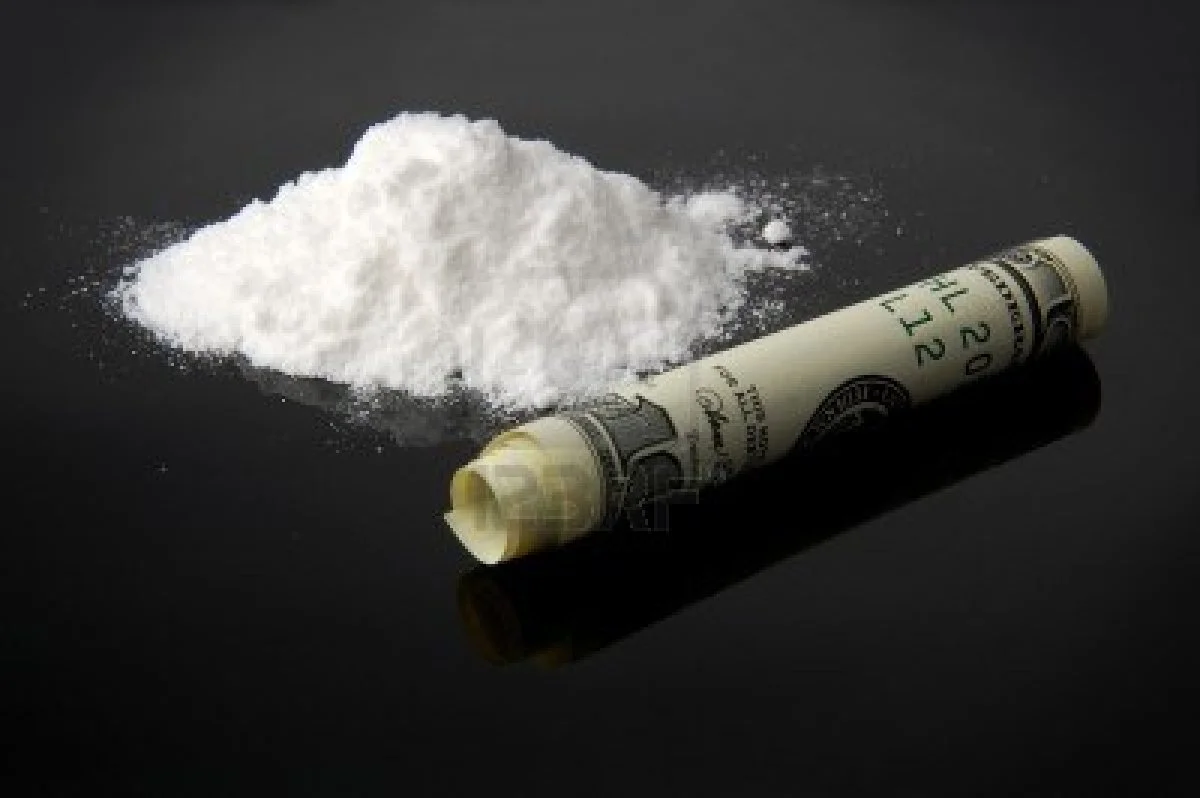5 Decisive Battles in History Won by Divine Intervention
/Throughout history, battles and wars were fought for various reasons. Whether defending one's own territory or invading another's, our history books have no shortage of epic fights from the Crusades to the Second World War.
Of course, it's no surprise victories are won with amazing planning and great leaders. However, there are battles that almost turned sour — despite having legions of soldiers under a general’s command — and could have dramatically changed the course of human history. Fortunately for such battles, their fates were decided when the heavens intervened and drastically tip the balance to one side.
Whether it was coincidence or just pure luck, many countries throughout history attribute most of their victories to divine intervention, fuelling their belief that the gods are on their side.
#5 — The Battle of the Bulge
One of the bloodiest battles during World War II happened in the Belgian town of Bastogne in 1944 where the German army cornered American soldiers in a surprise attack.
12,000 American soldiers were encircled and trapped by the Germans, and it was up to US Third Army Gen George Patton to break the siege and rescue the 12,000 soldiers in Bastogne, promising that he would grease up his tanks with the guts of the Nazi soldiers.
A plan was already in place but, unfortunately for Patton, the weather had been relentlessly unforgiving. For an entire month, torrential rains pounded Belgium, and the chances of Patton’s troops marching into Bastogne were slowly being swept away by the waters. All Patton needed to be was 24 hours to send the Third Army to storm the town, rescue the 12,000 soldiers, and tear down the Nazi defenses.
Since no amount of screaming and cursing at the sky could stop the rains, Patton had to resort to an unconventional approach by commissioning Third Army chaplain Col James O’Neill to draft a prayer for him which he then distributed to his troops on wallet-sized cards. For the next few days, Patton ordered his troops to recite the prayer as they waited for the rains to let up.
Whether or not Patton’s unorthodox approach worked and summoned the rain gods to stop, the weather cleared, and his troops were given just enough time to break through the Nazi encirclement, save the trapped American troops, and reclaim Bastogne for the Allied forces.
No matter what the opinion is about the events surrounding the Battle of the Bulge, it was undoubtedly one of George Patton’s finest hours in the Second World War.
#4 — The War of 1812
When the fledgling United States declared war against the British in 1812, things could not get any worse, especially after the Americans burned down what is present-day Toronto in Canada as a sign of retribution against the Red Coats.
However, overwhelmed by British forces, the tide seemed to be against the United States when, on August 24th, 1814, the British closed in on Washington DC after breaking through the Americans’ last defense at Bladensburg.
With the state of Maryland set ablaze by the British, then President Madison had to flee for safety with the American Constitution and the Declaration of Independence in tow just before British forces stormed the White House, the Capitol, and the Library of Congress, sacking and burning everything in sight.
But, in a sudden twist of fate, the weather began to turn, and one of America’s most destructive tornadoes in history touched down in the middle of the battle, wiping out soldiers, civilians, and artillery in its wake.
Upon the sight of the destructive storm, the British had no other choice but to retreat and leave the nation’s capital.
The tornado storm scared of the Red Coats, saved America in its most decisive battle, yet left hundreds of Americans either dead or homeless due to its sheer destructive power.
#3 — The Failed Persian Siege
Greece is no stranger to the occasional invading army and bloody war against neighboring countries. With its trove of knowledge and wealth, the Ancient Greeks have always been one of history’s prime targets. Greece’s most formidable foe were the Persians.
In 492 BC, Greece came dangerously close to crumbling under the forces of the Persian army. Led by the Persian General Mardonius, Persia’s naval fleet was able to sail close to the island of Athos. Fortunately for the people of Athos, Poseidon was on their side. As if on cue, a wild hurricane swept the sea and in the blink of an eye, capsized and destroyed the Persian fleet killing 20,000 soldiers! It was believed Persia's hubris brought this catastrophic end to their fleet. As the weather was already proving fickle when they reached Athos, the rains turned into a full-fledged storm.
While there have been many attempts by the Persians to set foot on Greece by way of the sea, this particular one may have succeeded if not for the winds blowing in favor of the Ancient Greeks.
#2 — The Protestant Wind
The political relations between Protestant England and Catholic Spain were already turning sour, and if not for the urging of Church leaders during the 16th Century, Spain may have saved herself from utter humiliation.
In one desperate attempt to subjugate Elizabeth I and England, King Philip II of Spain ordered the Spanish Armada to set sail to dethrone Elizabeth and claim the country in the name of the Catholic Church and the Spanish crown.
Despite the fact that Spain was no match for the English naval fleet, they continued to press on, and by the time they reached the English Channel, a storm that seemed to come out of nowhere battered the Spanish Armada, sinking ships and driving the survivors off.
Many from both sides who witnessed the event took the storms as a sign of intervention from God as Spain was pushed back and humiliated by what history dubs as “The Protestant Wind,” a sign that Providence greatly favored England and its Virgin Queen.
#1 — The Divine Wind
If it weren’t for a helping hand from the heavens, Japanese culture would never have existed.
In 1247, the Mongol Empire had already conquered one-third of the globe and had cemented their power with one of the most formidable armies the world has ever seen.
As the Mongol army advanced further east unopposed, their next target was bringing down the Japanese Empire and annexing it to their strongholds in China. With inferior weapons and significantly fewer troops, Japan did not stand a chance against Kublai Khan’s fierce warriors and their allies.
As the Mongols sailed towards the shores of Japan with Korean allies, Japan sent as many forces as it can muster to defend its seawall. With what seems to be a losing battle, fortune turned its head towards Japan as the Mongol fleet sensed a storm brewing fast.
True enough, two typhoons came to the rescue of the Japanese Empire and decimated Kublai Khan’s rapidly advancing fleet.
The violent tempest, dubbed the Kamikaze or Divine Wind by the Japanese, left 13,000 soldiers dead and the remaining Mongol ships were sent fleeing back to Chinese shores.
Talk about having the Wrath of God rain down upon you, right? But whether or not these events had the heavens directly involved in their historic outcomes, the one most certain thing is that the world could have been a far different place if fate had turned the other way.
Sources:
http://www.cracked.com/article_18894_6-real-historic-battles-decided-by-divine-intervention.html
http://conservativerefocus.com/blogs/blog5.php/2010/12/15/six-historic-battles-decided-by-divine-intervention-from-the-irreverent-cracked
http://www.theepochtimes.com/n3/1917022-when-freak-storms-win-battles-divine-intervention-or-just-coincidence/






















